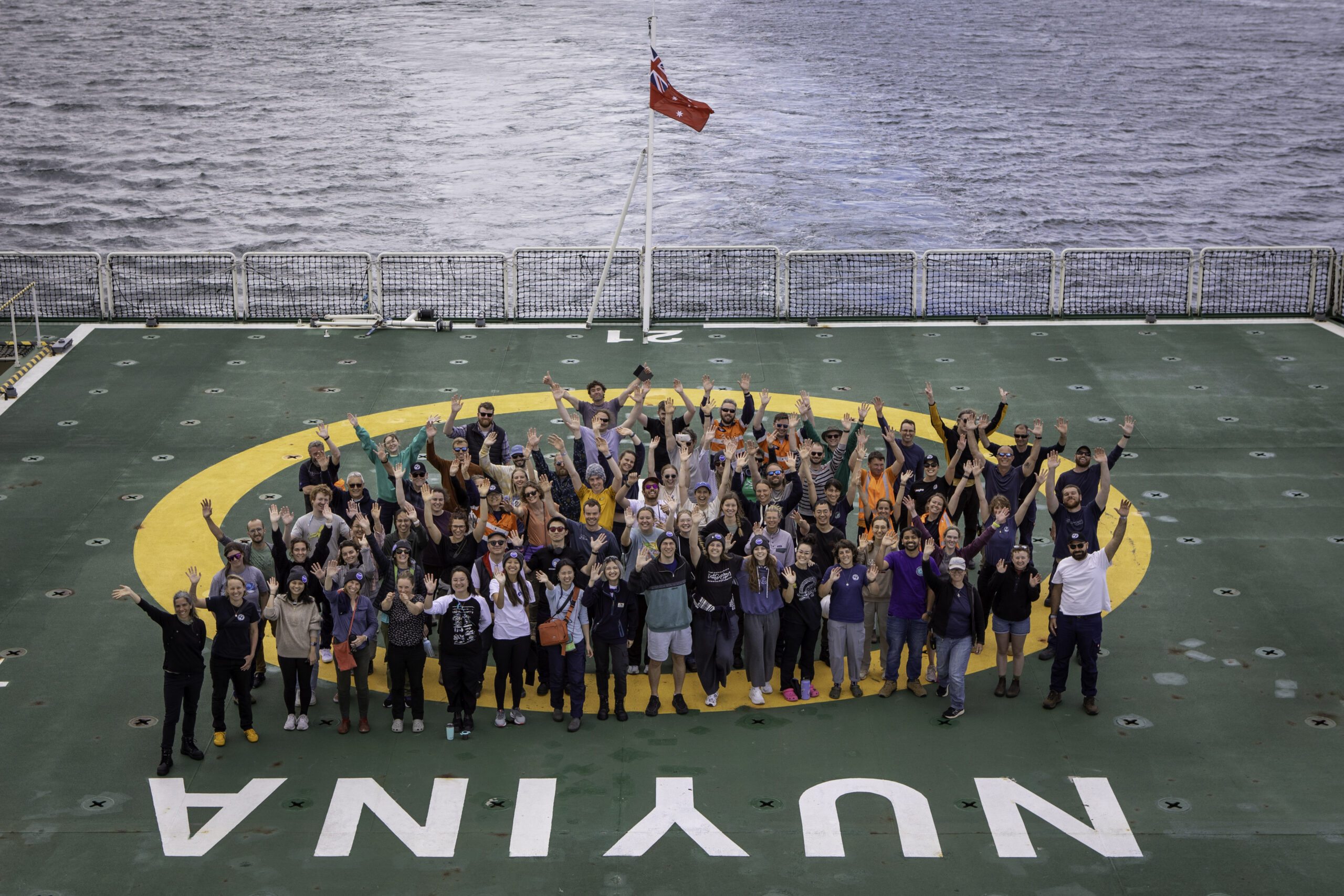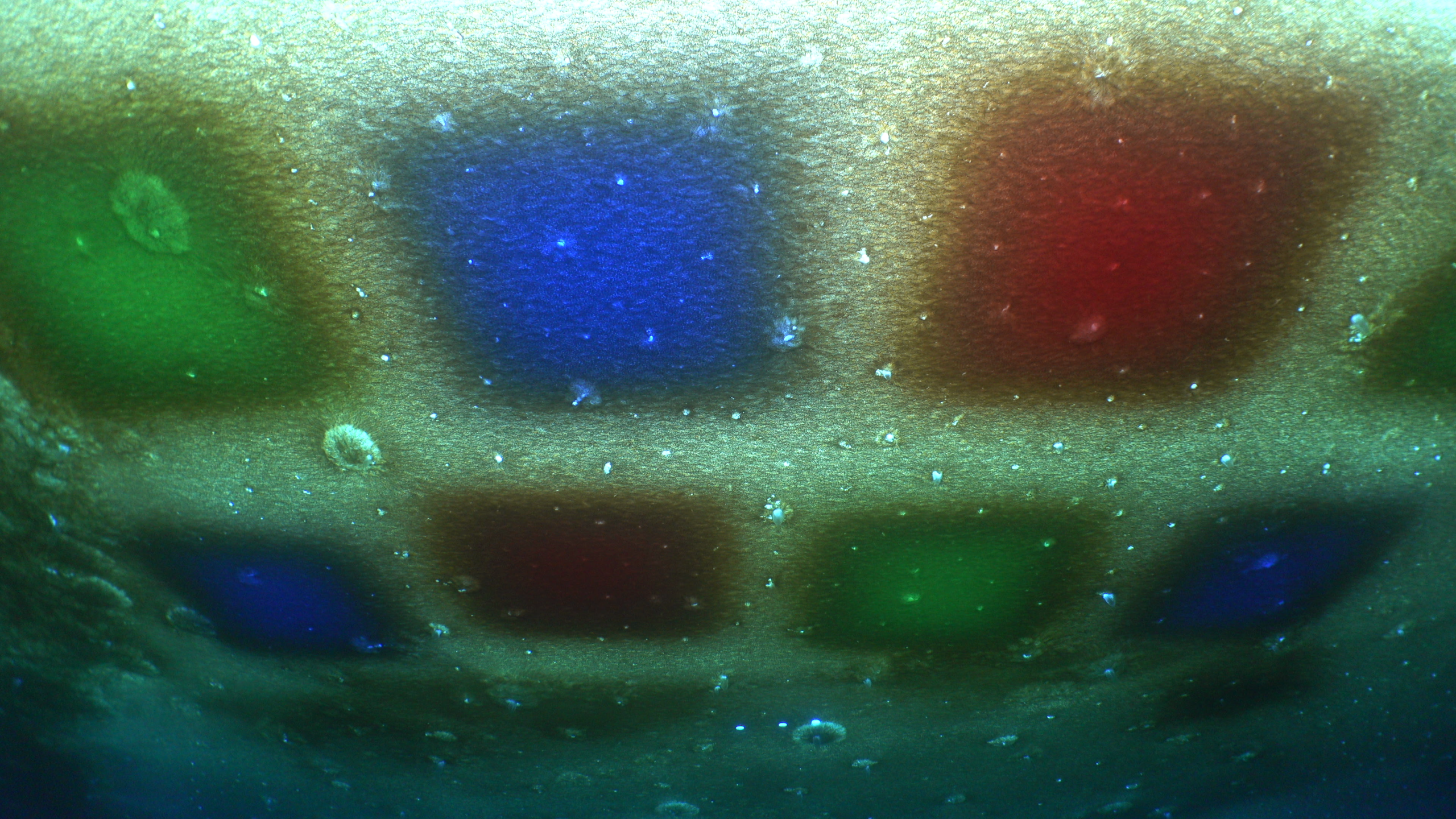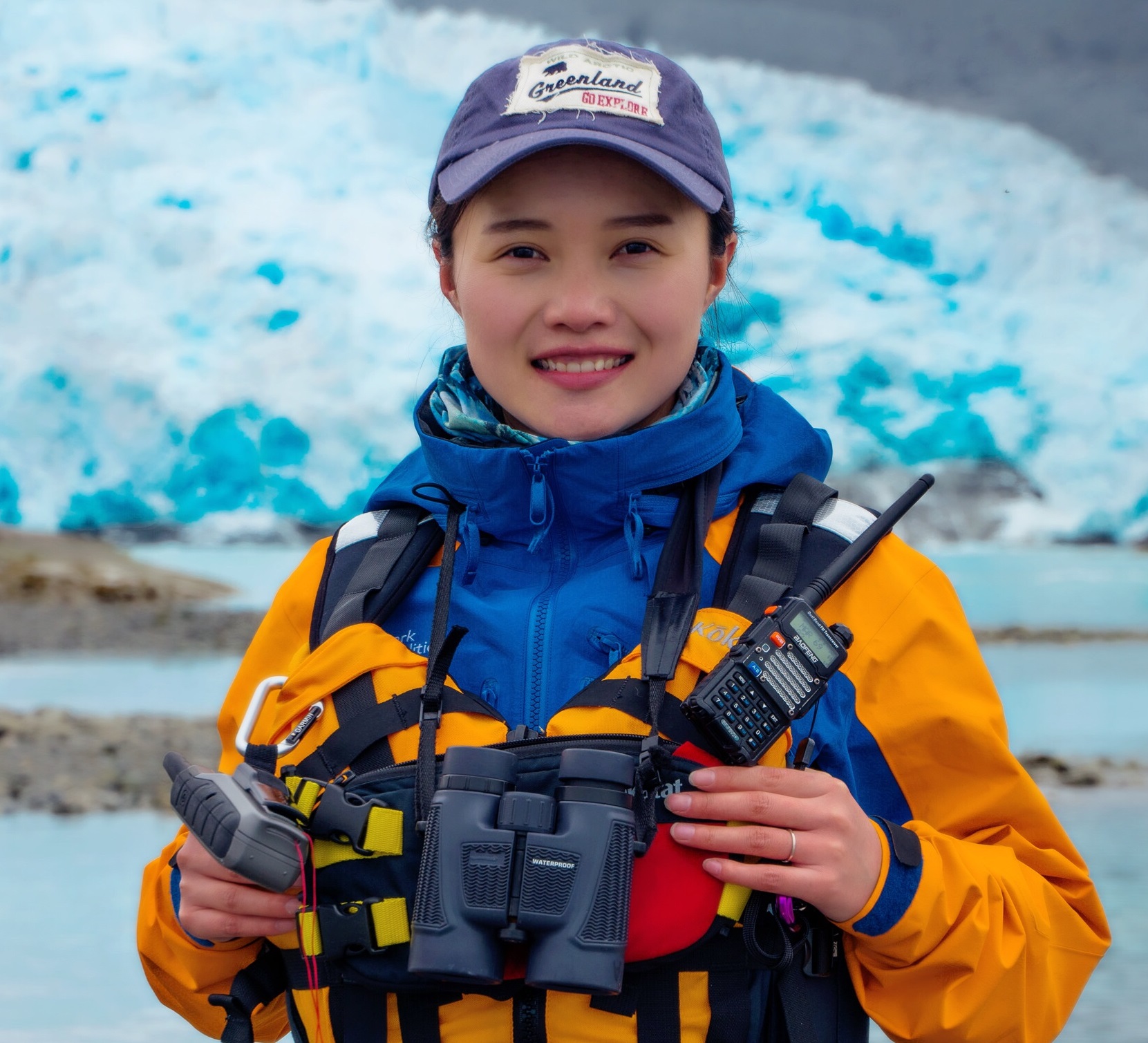New round of seal-borne observations to help fill knowledge gaps in key Antarctic region
A team of specialist seal taggers has successfully tagged 14 southern elephant seals at Macquarie Island with satellite-linked devices, to monitor conditions in the Southern Ocean and along the Antarctic Shelf adding valuable observations to better understand the physics and biology of the Southern Ocean (McMahon et al. 2025).
The miniaturized Conductivity-Temperature-Depth Relay Loggers (CTD-SRDLs) attached to the seals will provide thousands of high-resolution ocean observations from poorly-sampled regions of the Antarctic Shelf and coast, in real time and delayed mode.
The juvenile and subadult male southern elephant seals (190 – 620kg) were tagged on the Macquarie Island Isthmus over a week at the end of May.
Field Leader Dr Clive McMahon (SIMS/IMOS) said the data from the seal-borne instruments would extend Australia’s observation capability and enhance understanding of animal behaviour, ocean physics and Southern Ocean water masses.
“The observations will provide valuable information on ocean heat content, water-mass structure, intrusion of warm Circumpolar Deep Water onto the Antarctic continental shelf, sea ice processes, and sites for the formation of Antarctic deep bottom water,” he said.
Seal dive depth would also improve bathymetric mapping of the region and surrounding slopes and troughs, he said.
--
The seal-tagging project is supported through the Australian Centre for Excellence in Antarctic Science (ACEAS) and Integrated Marine Observing System (IMOS) and aims to deliver daily and annual Temperature Salinity (T-S) and biogeochemical (Fluorescence) profiles to global ocean observers.
The observations are used widely by the international community, including ocean forecasters in real time and climate researchers.
Similar deployments in 2023 from Macquarie Island yielded 11, 672 new CTD profiles in the southern Pacific Ocean and along the East Antarctic Coast.
New exploration
As of the end of June, Dr McMahon said five seals had left Macquarie Island beaches and were transmitting CTD profiles from the Southern Ocean, as far as the sea-ice edge.
“Over the coming months these observations will provide new information along almost 90o of the continental coast between 130o E and 160o W,” he said.
“This region is at the core of the Australian Antarctic Territory, which is rarely sampled, especially in such detail, integrating physical ocean structure, bio-geochemical productivity and animal behaviour.”
The data is ingested daily by the British Ocean Data Centre (BODC) and assimilated into real-time forecasts by the World Meteorological Organisation.
The seals will continue sampling until their return to Macquarie Island for moulting in December, when researchers hope to retrieve the tags.
If that occurs, the researchers gain access to a more detailed look at the structure and biology of the Southern Ocean, with observations recorded every four seconds.
It’s hoped the data can also shed light on the continuing long-term decrease of southern elephant seal numbers on Macquarie Island (Hindell et al. 2025).
Samples collected for seal health
As well as the tagging operation, the research team collected samples from 25 elephant seals to screen for pathogenic and non-pathogenic organisms.
The need for ongoing surveillance of elephant seal populations in sub-Antarctic regions has been highlighted by the spread of the H5N1 avian influenza virus in recent years, leading to mass mortalities on the Argentinian coast (17,000) and on Iles Kerguelen.
*this fieldwork on Macquarie Island was supported by the Australian Antarctic Division
--
--
Further reading:
Clive R. McMahon, Fabien Roquet, Christophe Guinet, Mark A. Hindell, Rob Harcourt, Jean-Benoit Charrassin, Sara Labrousse, Ian Jonsen, Baptiste Picard, Sophie Bestley, Vincent Doriot, Mike Fedak. (2025) 'An enduring, 20-year, multidisciplinary seal-borne ocean sensor research collaboration in the Southern Ocean.' Elementa: Science of the Anthropocene. DOI: 10.1525/elementa.2024.00071
Mark A. Hindell, Clive R. McMahon, John Van Den Hoff, Sam Thalmann, Kris Carlyon & Simon Wotherspoon. (2025) 'The ongoing decrease in numbers of breeding female southern elephant seals (Mirounga leonina L.) at Macquarie Island.' Antarctic Science. DOI: 10.1017/S0954102025000161


